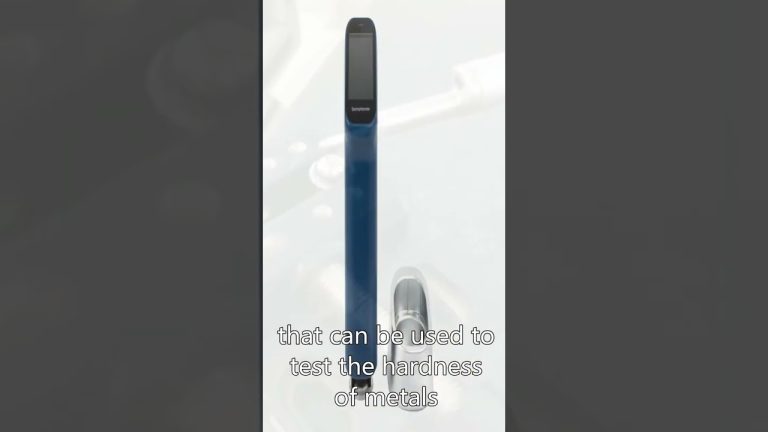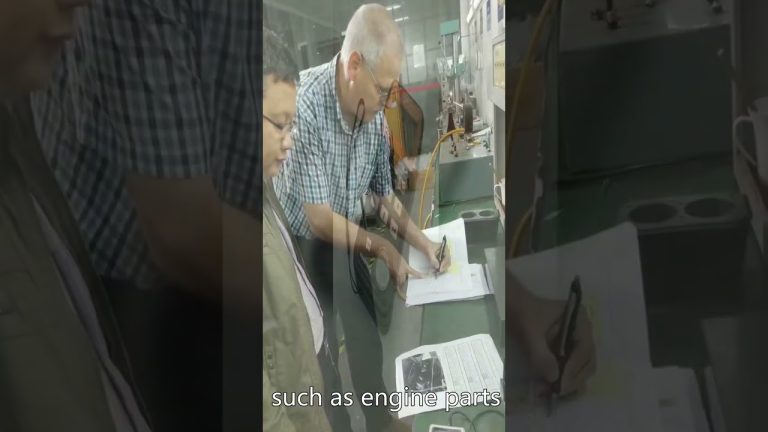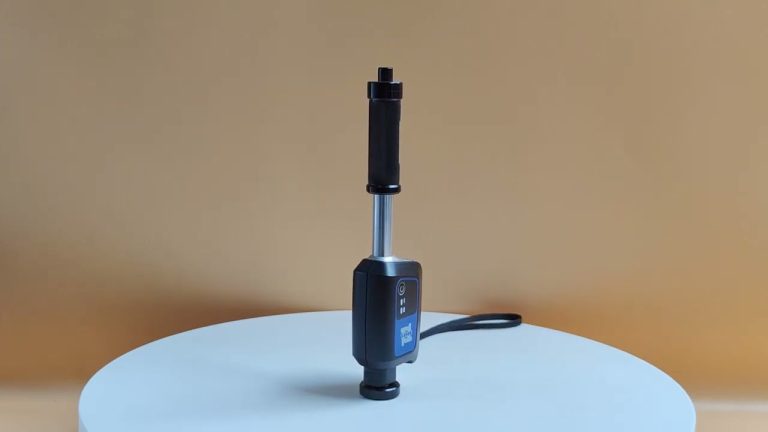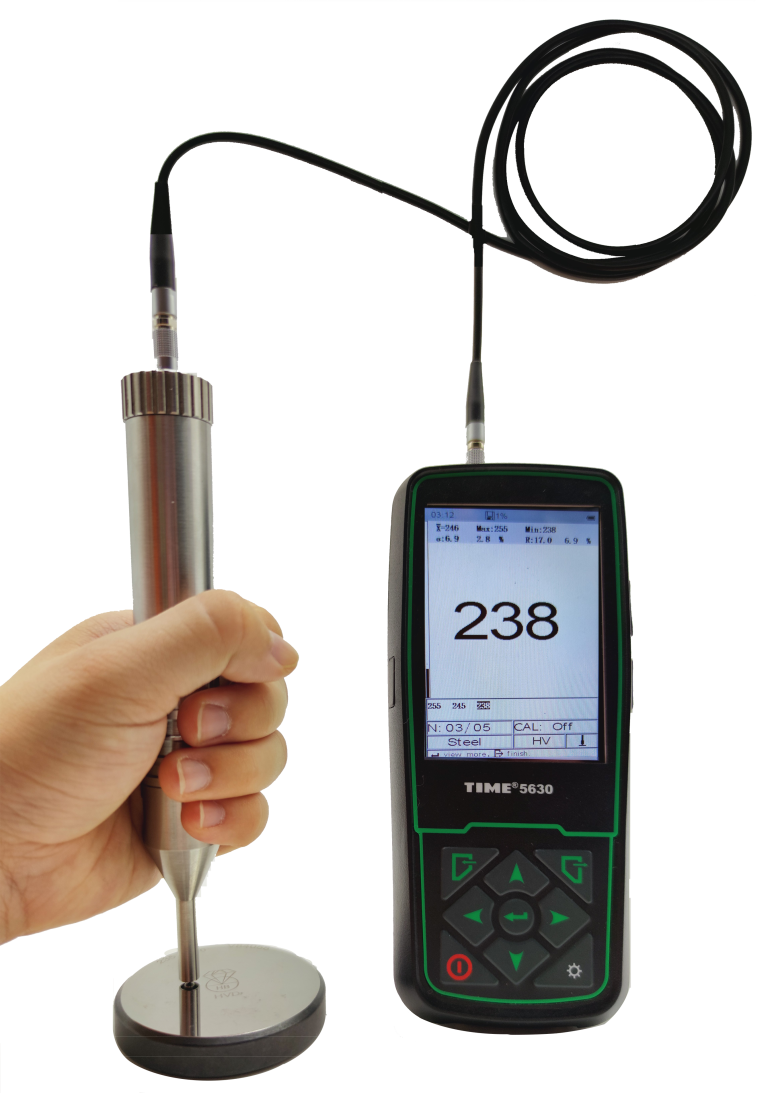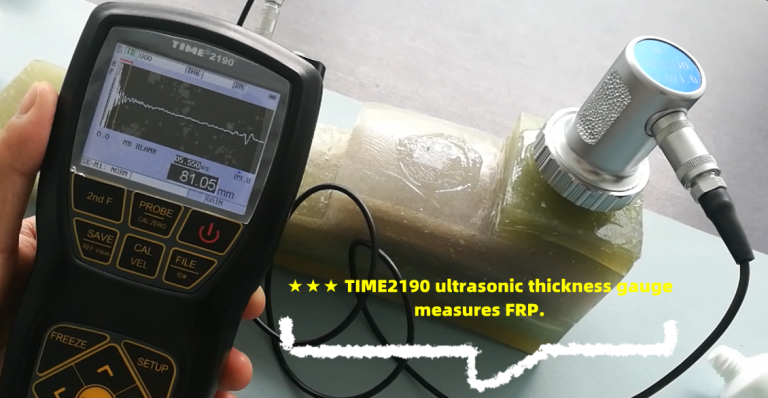治具の特徴

a.試験片 (または製品) は、試験片に力を加えるために固定具によってクランプされていることがわかります。治具が耐えられる試験力は、治具の非常に重要な指標です。クランプノットを決定します
構造物の規模とクランプ作業の労働強度。試料の材質は金属と非金属に分けられ、形状は大小に分けられます。材料にはさまざまな組成があり、サンプルが耐えることができる試験力は、数十センチメートル(繊維用のスパンデックス糸など)から数十トン(普通鋼など)まで多岐にわたります。中国最大の電子万能試験機(試験力は600KN、0.5級試験機)、サンプルサイズは直径0.006mmの金線程度から直径1mのPVCパイプ程度まで可能です。これには、さまざまな試験力やサンプルの形状やサイズに応じて、さまざまな治具を選択および設計する必要があります。
b.器具の材質の要件:
。一般的な金属および非金属サンプルの場合、クランプのジョーはサンプルと直接接触します。一般的には高品質合金構造用鋼、合金高炭素鋼(または低炭素合金鋼)、冷間ダイス鋼などが選択されます。適切な熱処理工程(焼き入れ焼き戻し、浸炭焼入れ等)により強度、耐摩耗性が向上します。場合によっては、ジョーに特殊鋼が取り付けられたり、ジョーの表面にヤメ砂が吹き付けられたりすることがあります。
。試験力が小さい一部の治具では、サンプルと接触する表面を粘着性のある柔らかいゴムで作る必要があります。 (例: プラスチック フィルム、繊維、その他のサンプルのクランプ面)
クランプ本体は通常、高品質の中炭素鋼と合金構造用鋼で作られており、適切な熱処理プロセスを通じて機械的特性が向上しています。軽量化のためにアルミニウム合金や特殊金属などの非鉄金属が使用されることもあります。鋳造構造(鋳鋼、鋳アルミニウムなど)が使用される場合もあります。
c.治具構造の要件:
American TestResources 機械試験システム全電気サーボ静引張、圧縮、ねじり試験機、動的および疲労シリーズ試験機は、さまざまな専門的な治具を備えており、他のブランドの試験機でも使用できます
。クランプ自体がロック機構になっています。機械的なロック構造には、ねじ山 (ねじ山、ネジ、ナット)、ベベル、偏心器、レバーなどが含まれることがわかっています。クランプはこれらの構造の組み合わせです。試験機に使用されるクランプの構造には決まった構造はありません。構造は試験片や試験力の違いにより大きく異なります。 (試験力が大きい試験片はスロープクランプ構造が一般的です。試験力が大きくなるとクランプ構造が変化し、それに応じて締め付け力も大きくなり、肩試験片は吊り下げ構造などとなります。)クランプを構造別に分けると、くさび型クランプ(ベベルロック原理構造のクランプを指す)とペアクランプ(片面または両面ネジ締め原理構造のクランプを指す)に分けられます。 )、巻きクランプ(巻き付けにより試験片を固定するクランプをいう)、偏心クランプ(偏心ロック原理構造のクランプをいう)、レバークランプ(てこ力クランプをいう。増幅原理構造のクランプをいう)、ショルダークランプ(肩の試験片に適したクランプを指します)、ボルトクランプ(ボルト、ネジ、スタッドなどのねじ山の強度をテストするのに適したクランプを指します)、90 ピーリングクランプ(2つの垂直および真っ直ぐな剥離に適したクランプを指します)これらのクランプの構造にはそれぞれ長所と短所があります。たとえば、くさび形クランプの初期クランプ力は小さく、試験力が増加するにつれて増加します。それに応じてクランプ力も増加します。クランプ治具の場合、初期のクランプ力は大きく、試験力とともに増加します。その後、クランプ力が減少します。
American TestResources mechanical testing system all-electric servo static tension, compression and torsion testing machines, dynamic & fatigue series testing machines, equipped with various professional fixtures, can also be used in other brands of testing machines
③. The clamp itself is a locking mechanism. We know that the mechanical locking structures include: threads (threads, screws, nuts), bevels, eccentrics, levers, etc. The clamp is a combination of these structures. There is no fixed structure in the structure of the clamps used for testing machines. The structures vary greatly according to different specimens and test force. (Specimens with large test forces generally adopt a slope clamping structure. As the test force increases, the clamping structure changes. The tightening force increases accordingly, and the shoulder specimen adopts a hanging structure, etc.). If the clamps are divided according to structure, they can be divided into wedge-shaped clamps (referring to clamps using the bevel locking principle structure), and pair clamps (referring to single-sided or Clamps with a double-sided thread tightening principle structure), winding clamps (referring to clamps in which the specimen is locked by winding), eccentric clamps (referring to clamps with an eccentric locking principle structure), lever clamps (referring to lever force clamps) Clamps with amplified principle structure), shoulder clamps (referring to clamps suitable for shoulder specimens), bolt clamps (referring to clamps suitable for testing thread strength of bolts, screws, studs, etc.), 90° peeling clamps ( Refers to a clamp suitable for vertical and straight peeling of two specimens), etc. The structures of these clamps each have their own advantages and disadvantages. For example, wedge-shaped clamps have a small initial clamping force and increase with the test force. The clamping force increases accordingly. For clamping fixtures, the initial clamping force is large and increases with the test force. The clamping force is subsequently reduced.

